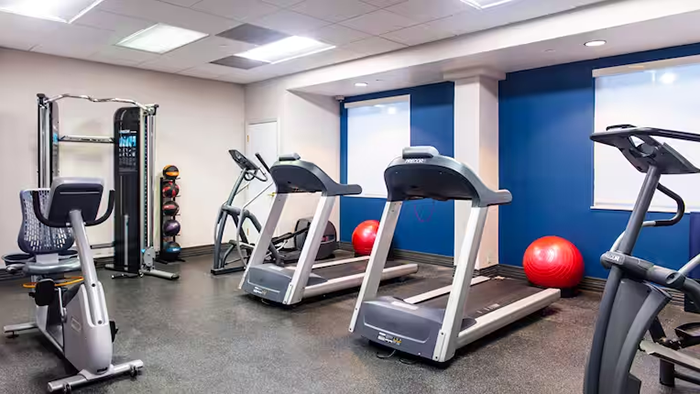
COURSE CREDITS & HOURS
16 AMA PRA Category 1 Credits™16 ACPE Credits
16.0 Contact Hours
16 CE Credits for Psychologists
16 ASWB ACE Credits
COURSE FEES
TARGET AUDIENCE
PROGRAM PURPOSE
- Nutrition- What’s New? What’s Best? What Works?
- Review basic nutrition principles.
- Compare traditional and popular diets
- Recognize the impact of nutrition on health and medical problems
- Travel Medicine: Be Prepared for the Unexpected
- Review general recommendations for Traveler's health
- Learn how to access the CDC site for up to date recommendations for vaccines.
- Review and prepare for common travel related illnesses and risks.
- Update in Type 2 Diabetes
- Review most recent American Diabetes Association guidelines
- Compare medication options for treating diabetes
- Discuss lifestyle modifications for Diabetes control
- Migraine Headaches-Women Are Different
- List International Headache Societys classification of headaches
- Determine appropriate lifestyle and medication treatment for migraine headaches with emphasis in the care in women
- Cardiovascular Disease in Women-Whats Different?
- Recognize the scope and impact of cardiovascular disease in women
- Analyze and understand differences in diagnosis, testing and treatment
- Leadership in Medicine-Are we prepared? How are we prepared? Tips for Success.
- Recognize the lack of leadership preparation in medical training
- Review how leadership skills develop in medicine
- Determine strategies and tips to develop leadership potential
- The Difficult Patient Encounter: Successful Navigation
- Discuss common situations that create difficult encounters
- Demonstrate strategies and ability to prevent, avoid and navigate difficult encounters
- Leading and Connecting Team Members to Joy, Appreciation and Gratitude
- Recognize leadership skills to allow team members to communicate with excellence
- Establish a plan to create appreciation and gratitude in your workplace
- Help your team members to experience joy in their work and life
- Identifying character traits that promote clinician well-being, resilience, and positive patient outcomes in health care
- Define clinician resilience and well-being
- Identify 3 positive outcomes linked to clinician well-being
- Review 24 distinct character strengths that promote resilience and well-being
- Identify and learn to apply personal character strengths to enhance professional resilience in health care settings.
- Identify participants' top 5 character strengths which promote professional resilience and well-being
- Identify workplace applications of these character strengths to enhance well-being, reduce burnout, and improve patient care.
- Using evidence-based techniques from Positive Psychology and Cognitive Behavioral Therapy to enhance resilience
- Learn three brief, evidence-based techniques for building professional resilience and well-being in oneself, team members, and patients.
- Identify health care applications of evidence-based techniques to promote well-being and resilience of clinicians and patients.
- Identify situations in which resilience-building techniques can be utilized to promote well-being in health care settings
- Discuss implementation strategies and practice utilizing evidence-based techniques to improve well-being
- Assessing and promoting clinician flourishing in health care systems
- Define flourishing in contrast to burnout in health care clinicians.
- Identify multi-level promotors of flourishing in health care clinicians.
- Assessing and addressing provider burnout in healthcare systems
- Understand and distinguish three aspects of professional burnout.
- Review and have the option to complete a standard measure of professional burnout.
- Identify 3 systems-level interventions to reduce health care clinician burnout.
- Identifying and addressing systemic factors in health care to promote professional resilience and well-being.
- Appreciate factors at the institutional level which correlate with health care clinician burnout
- Summarize institutional and team-based factors that reduce burnout and promote well-being, professional resilience, and positive patient outcomes
- Develop a S.M.A.R.T. goal to improve professional resilience, well-being and sustainability
- Identify 2-3 opportunities in which participants can promote professional resilience and impact their well-being, practice, team, or health care system
- Design a short-term S.M.A.R.T. goal to enhance professional well-being, resilience and sustainability.








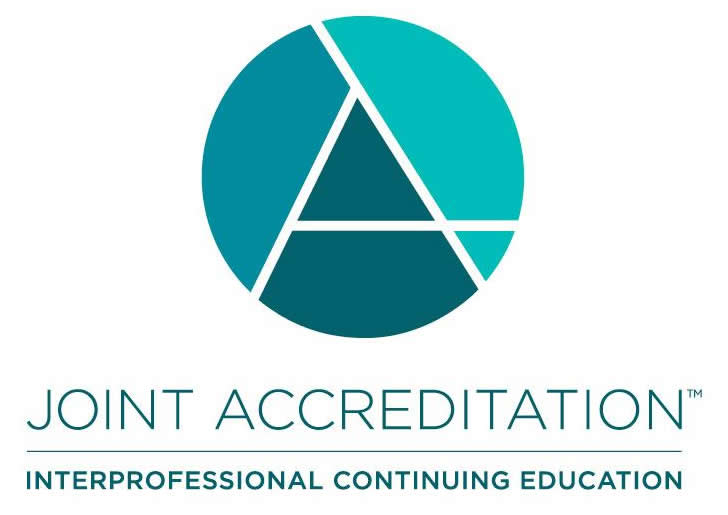
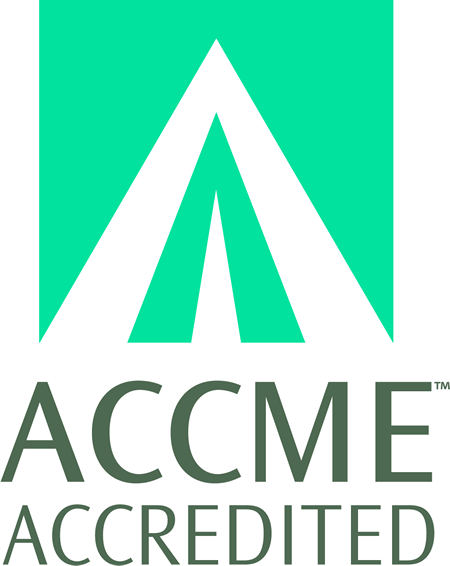

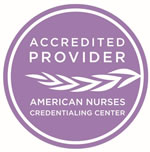
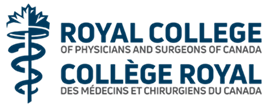



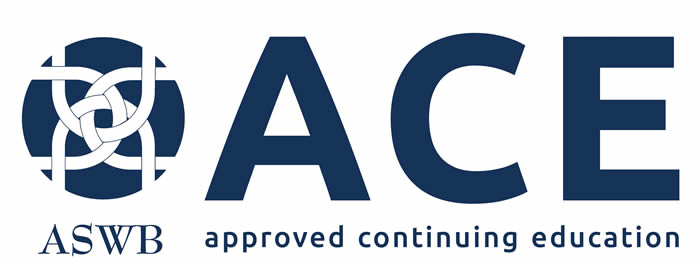 Credit Designation for Social Workers: As a Jointly Accredited Organization, Continuing Education, Inc is approved to offer social work continuing education by the Association of Social Work Boards (ASWB) Approved Continuing Education (ACE) program. Organizations, not individual courses, are approved under this program. Regulatory boards are the final authority on courses accepted for continuing education credit. Social workers completing this course receive 16 Clinical continuing education credits.
Credit Designation for Social Workers: As a Jointly Accredited Organization, Continuing Education, Inc is approved to offer social work continuing education by the Association of Social Work Boards (ASWB) Approved Continuing Education (ACE) program. Organizations, not individual courses, are approved under this program. Regulatory boards are the final authority on courses accepted for continuing education credit. Social workers completing this course receive 16 Clinical continuing education credits.


















